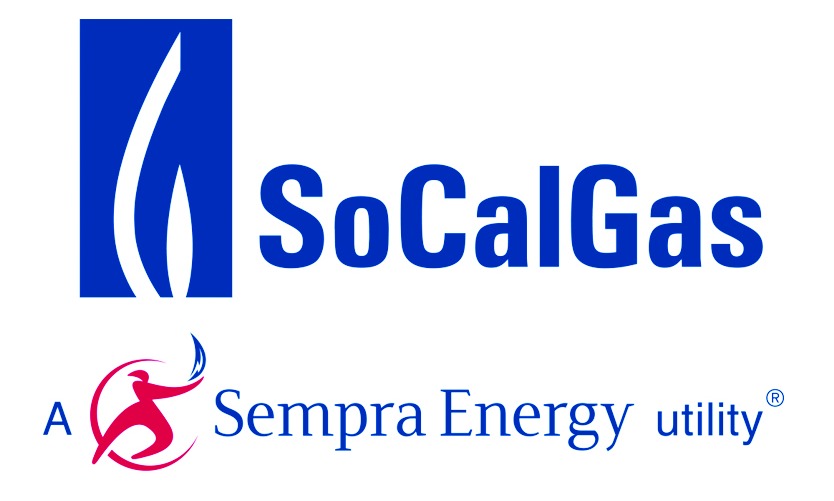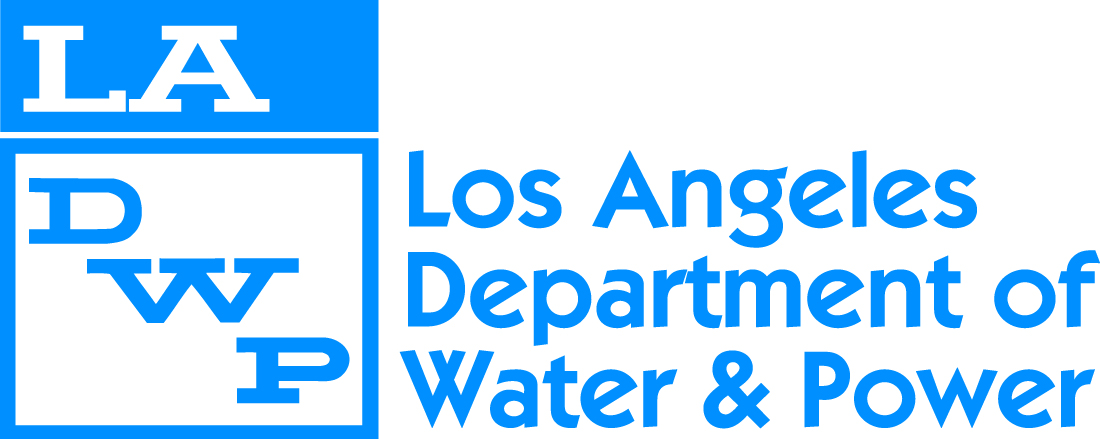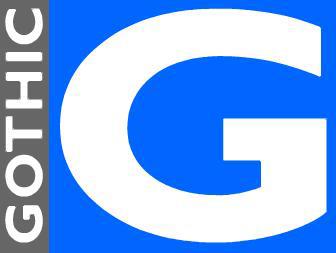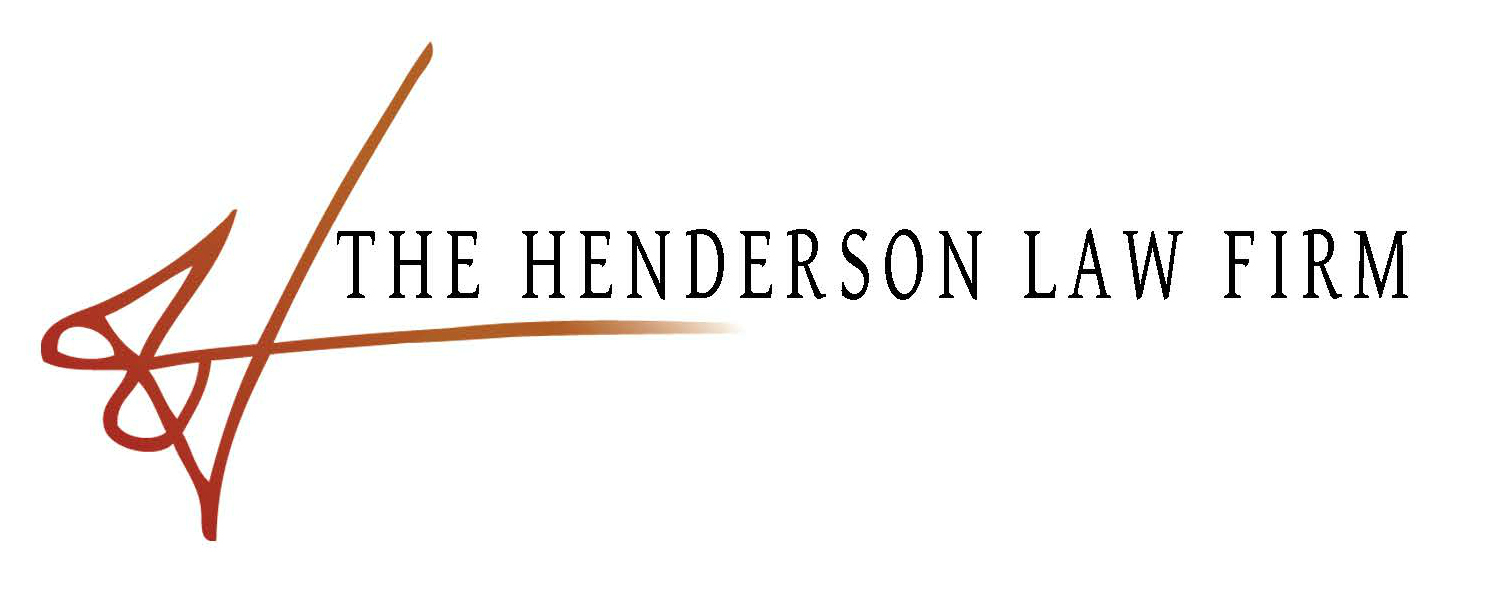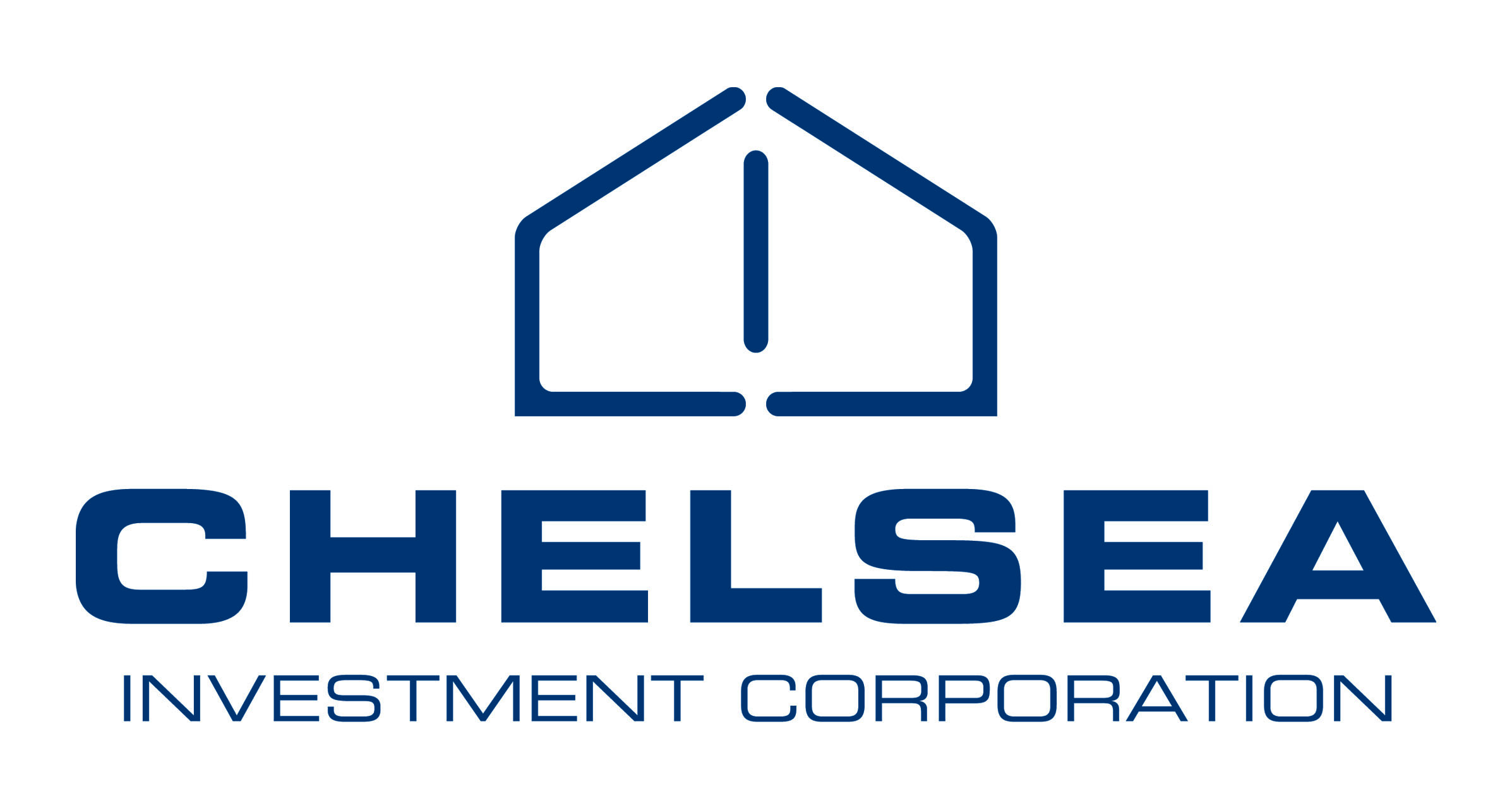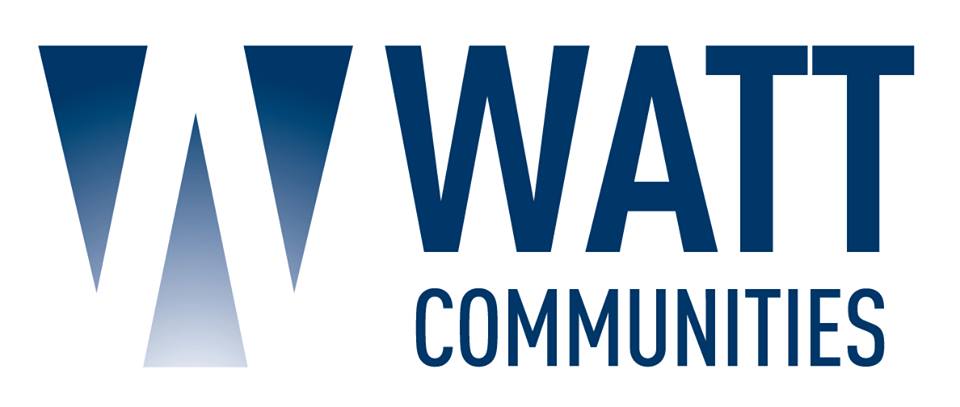Eisenberg: Economic Forecast for 2nd Half 2013
 Monday, June 10, 2013 at 10:34AM
Monday, June 10, 2013 at 10:34AM Economic Forecast for 2nd Half 2013 : Sunny with Cloudy Periods
By Eliot Eisenberg, Ph.D.
Looking ahead at the second half of 2013, the economic news is pretty solid. The US economy is on the mend, the labor market is slowly healing and house prices are up about 10% from year-ago levels. In addition, Europe (while in recession) appears to be holding together, DC budget brinksmanship is fading, car and light-truck sales along with consumer sentiment are rising, and new home construction continues its steady ascent. The only serious domestic fly in the ointment is the significant fiscal drag from Washington as the result of sequestration and year-end tax increases. The biggest foreign drag is Europe’s recession is hurting US exports.
With all this in mind, I expect Q3 GDP to be about 1.75% and Q4 GDP to come in slightly higher at 2.1%. As for housing starts, in Q3 they should, for the first time in years, exceed a million units (seasonally adjusted and annualized) with single family starts coming in at 675,000 and multifamily starts reaching a pace of about 340,000. In Q4 single family starts should hit to 700,000 with multifamily starts unchanged.
Inflation will remain benign. The combination of weak global growth, flat to declining energy and commodity prices, and flat to mildly rising food prices will keep CPI growth well below 2%. Moreover, the combination of tiny rises in import prices, producer prices, consumer prices and anemic wage growth means that personal consumption expenditure inflation, the Feds preferred inflation measure, will barely exceed 1%, giving the Federal Reserve ample room to continue its program of quantitative easing.
As for jobs, despite an improving labor market, the unemployment rate at the end of the year will remain above 7%. And combined with an annual inflation rate of well below 2%, it makes me think Bernanke and the rest of the voting members of the interest rate-setting Federal Open Market Committee will continue purchasing $85 billion/month in Treasuries and mortgage-backed securities at least through October 2013. Any tapering of QE3 will commence in late 2013 and more likely in early 2014.
Another reason why QE3 will be maintained in that due to weak wage growth, consumer spending is rising quite slowly and is being fueled, at least in part, by a decline in the personal savings rate which now stands at a scant 2.5%. Of course rising stock prices, improving home values and easing credit market conditions are also aiding the rise in consumer spending. But a sudden rise in interest rates could derail these positive developments and weaken manufacturing, which is currently neither expanding nor contracting. As such, the risk is simply not worth the return, at least for now.
What would change my thinking about QE3 would be consistent monthly non-farm payroll job growth of greater than 187,000. If we manage to achieve that, the Fed would likely reduce the amount of its monthly bonds purchases and interest rates would rise. However, given a growing economy, the rate rises would not be growth-sapping and I put the chances of a new recession at no more than 10%. In the meantime, I look forward to continued, slow and steady improvement the rest of the year.
Eliot Eisenberg is a guest contributor to the BIA Blog.
 Email Article
Email Article 
